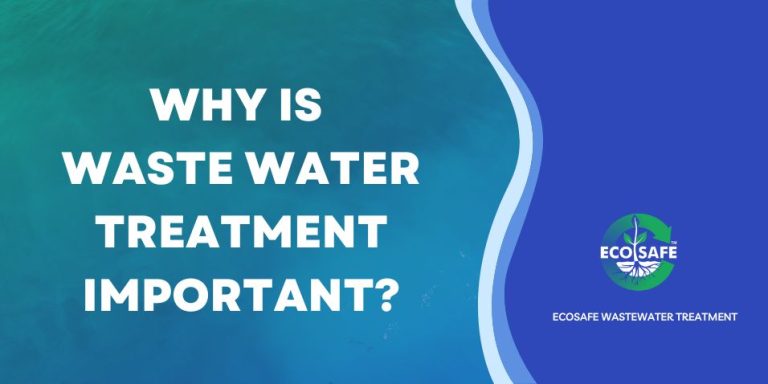The 10-Second Trick For Reclaim Waste
Table of Contents5 Simple Techniques For Reclaim WasteWhat Does Reclaim Waste Do?Getting My Reclaim Waste To WorkReclaim Waste for BeginnersFacts About Reclaim Waste Uncovered
Domestic sewage waste refers to the waste and items from a property septic container. The appropriate management and disposal of residential sewage waste require liquid waste to be moved to a sewer therapy plant where the proper techniques and devices are applied to cleanse and dispose of waste.
Commercial waste typically includes prospective dangers, such as flammable products or a combination of fluid and strong waste items, and calls for an advanced and comprehensive disposal procedure. The disposal of industrial waste commonly includes the purification of waste prior to transportation to ensure safe and appropriate disposal. Hazardous waste is produced from results and drainage of industrial processes and manufacturing.
This type of waste can not utilize the exact same sewer management transport or processes as septic or business liquids. The commercial waste monitoring procedure calls for the assessment and testing of liquid waste before it goes through the disposal procedure (liquid waste removal melbourne). Drainage waste is the liquid waste that comes from overflow and excess stormwater in highly populated locations or cities
Drainage waste can create contamination and flooding if not taken care of correctly. Ensuring correct waste monitoring can protect against calamities and reduce ecological damage.
Reclaim Waste Fundamentals Explained
Get in touch with PROS Services today to learn more about our waste administration and disposal services and the appropriate methods to care for the liquid waste you generate.
Do you understand what takes place to your water when you draw the plug, flush the commode or drain pipes the cleaning maker? No? Well, it deserves understanding. This so-called 'wastewater' is not just a vital resource yet, after therapy, will certainly be released to our land, rivers or the sea. Made use of water from toilets, showers, bathrooms, kitchen area sinks, washings and commercial processes is understood as wastewater.

water used to cool down equipment or clean plant and equipment). Stormwater, a form of wastewater, is overflow that flows from agricultural and city areas such as roofs, parks, gardens, roadways, paths and seamless gutters into stormwater drains pipes, after rain. Stormwater moves untreated straight to regional creeks or rivers, ultimately getting to the ocean.
The Buzz on Reclaim Waste
In Queensland, the majority of wastewater is dealt with at sewage treatment plants. Wastewater is moved from domestic or industrial websites through a system of drains and pump terminals, known as sewage reticulation, to a sewage therapy plant. Neighborhood federal governments construct, preserve and operate most sewer treatment plants. Operators are accredited under the Environmental Protection Act 1994 to release cured wastewater at an appropriate ecological criterion into waterways.
The Department of Natural Resources recommends city governments about managing, operating and maintaining sewerage systems and therapy plants. In unsewered areas, city governments may call for householders to install individual or household sewage therapy systems to treat domestic wastewater from toilets, cooking areas, bathrooms and laundries. The Department of Natural Resources authorizes the usage of family systems when they are confirmed to be reliable.
In some new neighborhoods, treatment of some stormwater to eliminate trash, sand and gravel has actually begun making use of gross contaminant catches. Wastewater treatment occurs in 4 stages: Gets rid of strong issue.
Utilizes small living organisms understands as micro-organisms to break down and remove continuing to be dissolved wastes and great fragments. Micro-organisms and wastes are incorporated in the go to the website sludge.
Reclaim Waste - An Overview
Nutrient removal is not readily available in all sewage treatment plants since it needs pricey specialized tools. It is becoming much more typical in Queensland. Clear liquid effluent produced after therapy might still consist of disease-causing micro-organisms. If this effluent is launched right into rivers such as rivers or the sea, the micro-organisms will ultimately pass away out.

A lot of wastewater streams into the sewage system. Under the Act, regional federal governments administer authorizations and licences for environmentally appropriate tasks (ERAs) entailing wastewater launches that may have a neighborhood effect.
Top Guidelines Of Reclaim Waste
Or else, examples are taken for lab evaluation. Typically many tests are required to develop the levels of each of the different toxins such as oils, heavy steels and chemicals in water. Monitoring gives valid information regarding water high quality and can verify that licence conditions are being fulfilled. The information gotten via surveillance gives the basis for making water high quality choices.
Comments on “Some Known Questions About Reclaim Waste.”